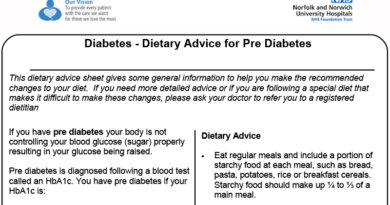TRE, HIIT and HbA1c

Executive summary
* This week's study was a 7-week randomised controlled trial. It assigned 131 Norwegian women (aged 18-45, with a BMI of 27 or higher) to 1 of 4 interventions: a control group; a time restricted eating (TRE) group; a high intensity interval training (HIIT) group and a group doing both TRE and HIIT.
* The main outcome of interest was the area under the curve during a glucose tolerance test. This did not change significantly.
* There were many secondary outcomes – glucose measurements, blood lipid measurements, blood pressure, weight, fat mass, etc. Approximately one quarter of the secondary outcomes achieved significant results. Therefore, three quarters didn't. The results that didn’t change were as interesting as those that did.
* The headline result for the title of the paper was that HbA1c (a measure of glucose in the blood over the past three months) improved for the group doing both TRE and HIIT.
* This research may not be generalisable beyond women of a certain age and BMI. However, it is likely that reductions in weight and fat mass and improvements in fitness measurements would be experienced more widely.
* Many of the results might have been expected, but the study to provide the evidence still needed to be done and this one was done very well.
The rest of this article is available to site subscribers, who get access to all articles plus a weekly newsletter.
To continue reading, please login below or sign up for a subscription. Thank you.




